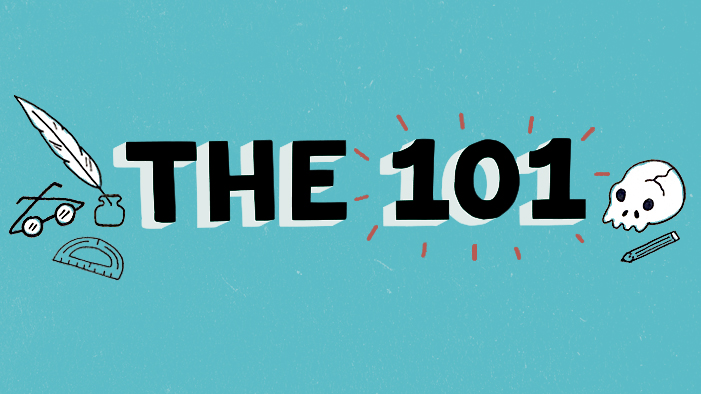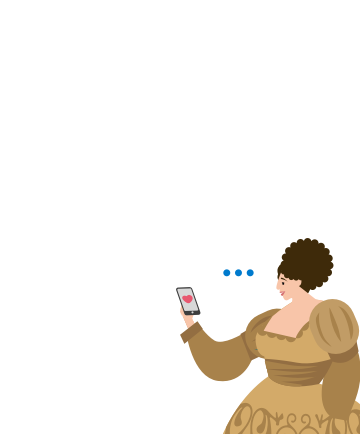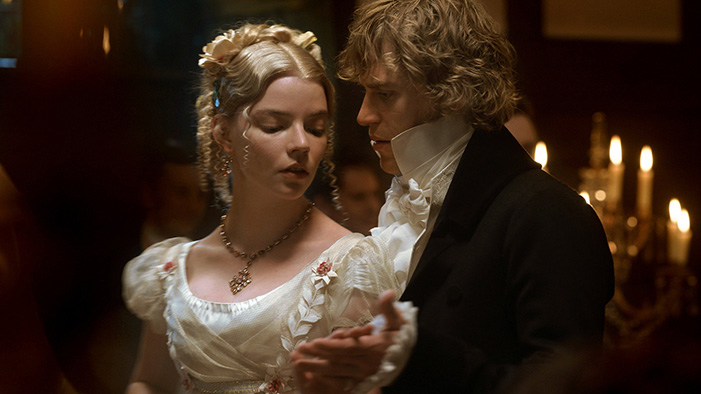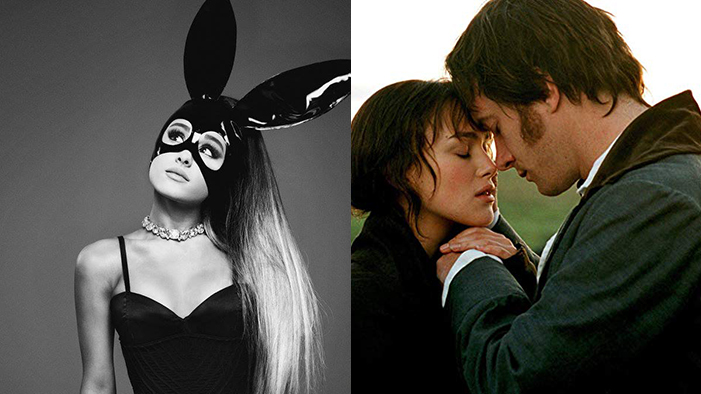What is Free Verse?

If you missed our previous Poetry 101s, check them out here!
FREE VERSE! I can picture it in block letters on handmade signs held up by politically-conscious protestors eager to “free verse” from the formal constraints of metrical patterns and rhyme schemes, in the same way they fought to free the female body from the confines of the corset and, later, less successfully, the bra. Liberate verse. Let it breathe. Let it assume a more natural form. YES! I mean, right? Sounds okay. Maybe. Sure. I don’t know. Hold on, what does that mean??? What is free verse? Why did verse ever need to be freed and from what?
GREAT QUESTION. *pats self on back* To answer that question, we need to think first about form. Form, as you probably know since you’re super smart, is how you say it and content is what you say. So the formal elements of a poem are the lines (are they long/short? end-stopped/enjambed?), the number and shape of the stanzas (if any), the spacing of the poem on the page, the use of punctuation (or not), repetition, diction, font, other formatting…and probably something else I’ve forgotten! Form’s the way the poem is dressed; content is that person wearing the clothes and talking.
Traditional (i.e. older) poetic forms—oh, like, you know, the sonnet—tend to have a lot of formal rules. A traditional sonnet must be 14 lines of 10 syllabic beats each that follow a specific rhythm (or meter) called iambic pentameter (it’s complicated; we won’t talk about it today) as well as a specific rhyme scheme. AND, in this case, the form dictates the content: a traditional sonnet is about love. The older forms originated in a time when poetry was still primarily an oral/aural tradition: it was memorized and performed aloud more frequently than it was read. The meter and rhyme aided memorization—and also made it musically-pleasing to hear. For poets writing before the 20th century, meter and rhyme in regular-sized lines pretty much made a poem a poem. Anyone who varied from that was considered pretty crazy and probably also majorly condescended to.
Nevertheless, some “crazy” poets did start writing in free during the 20th century and today most contemporary poets write in free verse. Based on the name and also what you’ve read of contemporary poetry, you might think “free verse” = NO RULES, PARENTS ARE OUT, GO WILD! And, er, it kind of means that. The definition of “free verse” is “an open form of poetry that does not use consistent rhyme schemes or meter.” It tends, in other words, to sound more like regular speech. But is free verse formless?? Is a woman without a corset “formless”?? The answer is, of course not. And yet free verse sparked a lot of debate—and some derision—in the literary community. A sampling of opinions:
“No verse is free for the man who wants to do a good job.” —T.S. Eliot (a poet)
“The free verse that is really verse is the antithesis of free.” —Yvor Winters (a critic)
“Writing free verse is like playing tennis without a net.” —Robert Frost (you know)
Basically, I agree with Eliot and Winters and my riposte to Frost is this: without the net, it’s no longer tennis; it’s a different game. You and your opponent would have to create new rules in order to play the game, in order to make it a game, to keep score, to have fun. And it’s the same with poetry: many poets writing in so-called “free verse” create their own forms, their own rules to follow. Marianne Moore structured her poems based on the number of syllables in a line. Inger Christensen wrote a book built off the Fibonacci sequence. And many, many other poets have written in and out of meter, created their own rhyme sequences and stanzaic patterns. The verse is “free” because they might not front-load the formal decision: they let the poem speak and then decide how to dress it, rather than letting the traditional form dictate, in some way, the content.
Think about it: if poets kept writing in the same forms and with all the same devices that Shakespeare and Dante and Christina Rossetti used, they might not be able to address the concerns of contemporary life. I mean, it’s true, some things never change—love, death, all those big themes—but the age in which we live is radically different from the one in Shakespeare’s time. It’s more equal, more inclusive, more scientific, more connected. It’s post-Holocaust, post-atomic bomb, post-Furby. Forms can grow stale. Forms can limit. Art, like language, like people, needs to change with the times. Free verse was a necessary and inevitable next step. Next time you read a poem that looks “formless,” look closer. You might find a method in the madness.












